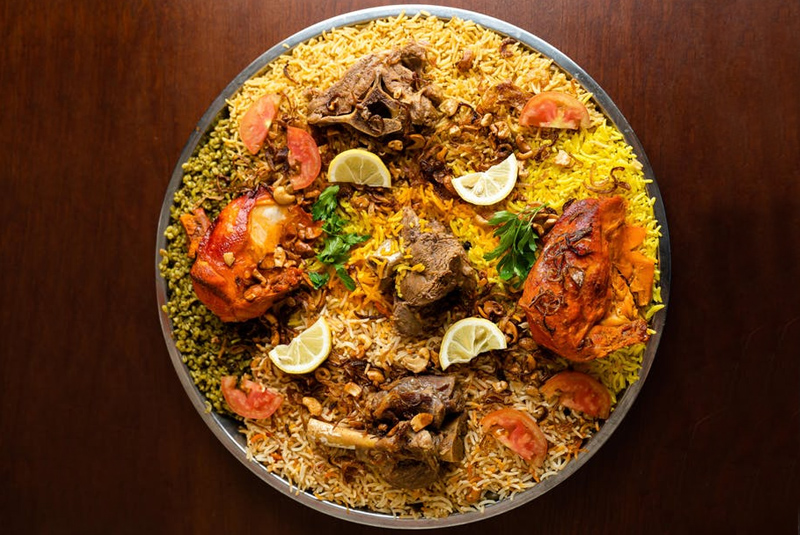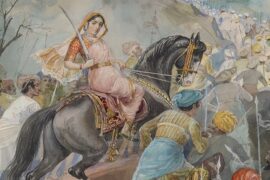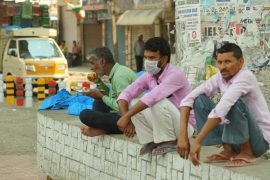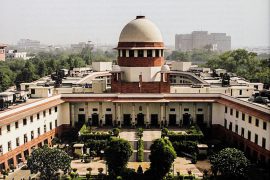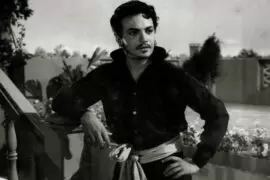“Ask Ghani puj (the butcher) to give perfect pieces from the neck, thigh and shoulder.” That was the precise instruction my grandfather gave to Tulsi, the house help. “Last time the chops from the ribs were rubberlike,” he said. As a nine-year-old child, I thought this was a classic case of chopping the limbs of an enemy in a typical gangland bloodshed. But my grandfather’s rosy cheeks and clowned nose belied my imbrued mind.
Early noon, Tulsi brought the chopped limbs and organs of the slayed lamb; the way to the kitchen, through the courtyard, was speckled with thick red dots. After a rigorous wash, my grandmother pressure cooked it for a long time. The thick stew–tastefully tempered with turmeric powder, fennel seed powder, pinch of asafoetida and salt–was sent to my maternal aunt, who had just delivered a baby.
The pan-fried kidney, brain and lamb testicles were laid out on the table cloth. They were devoured by all the other members of the family, except for my grandmother; she enjoyed her stash of greens and pulses.
Every dinner or lunch plate was filled with mutton pieces, leafy frills and curd, followed by an assortment of sundry dishes–pawns but equally important. Young children were the benevolent receivers of the nalli (bone marrow). Our lungs expanded each time we sucked the bone for the tender reward.
-30-
Copyright©Madras Courier, All Rights Reserved. You may share using our article tools. Please don't cut articles from madrascourier.com and redistribute by email, post to the web, mobile phone or social media.Please send in your feed back and comments to [email protected]

